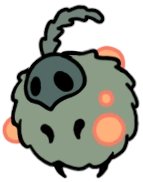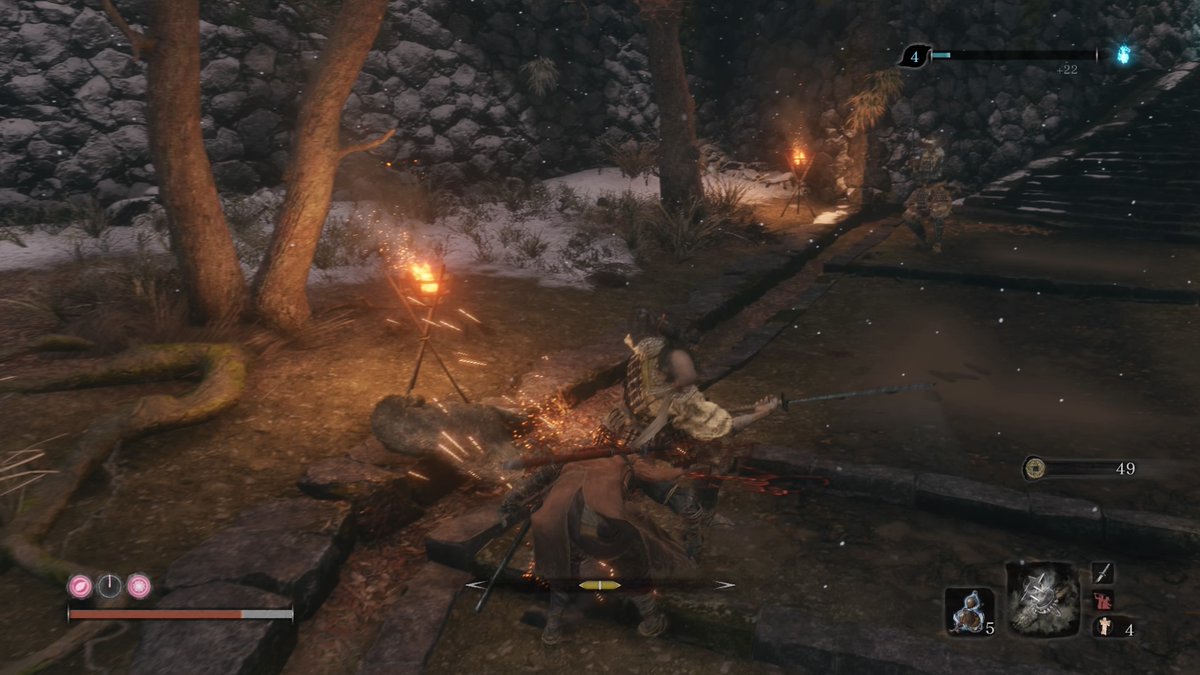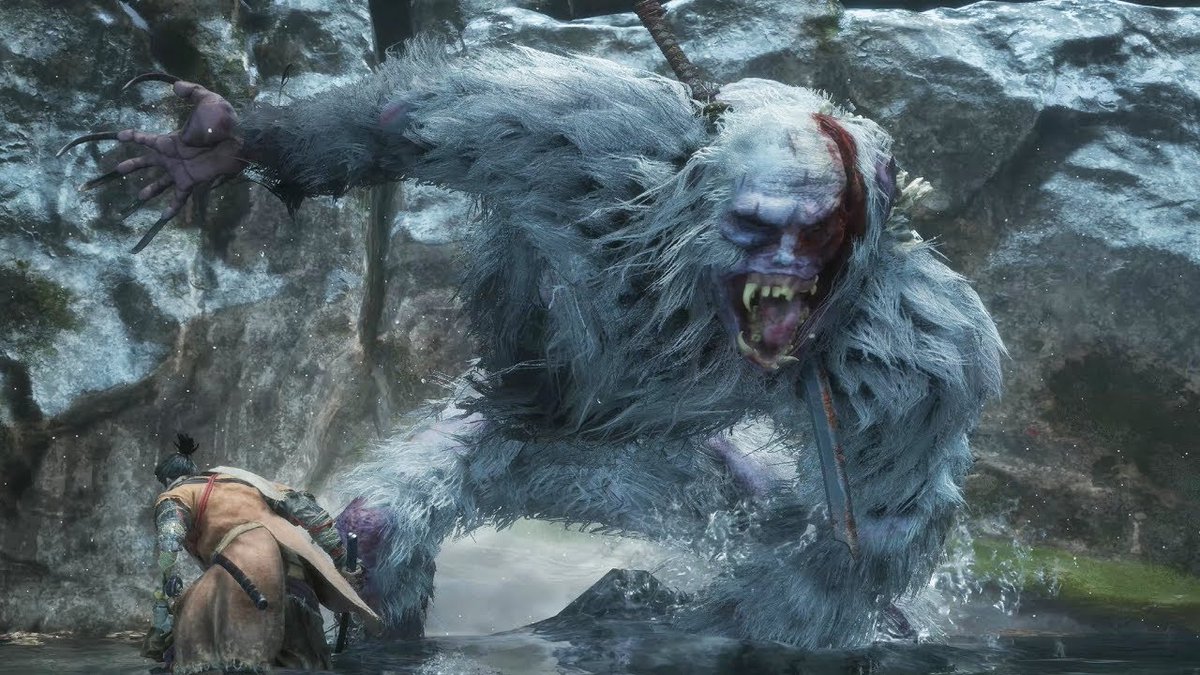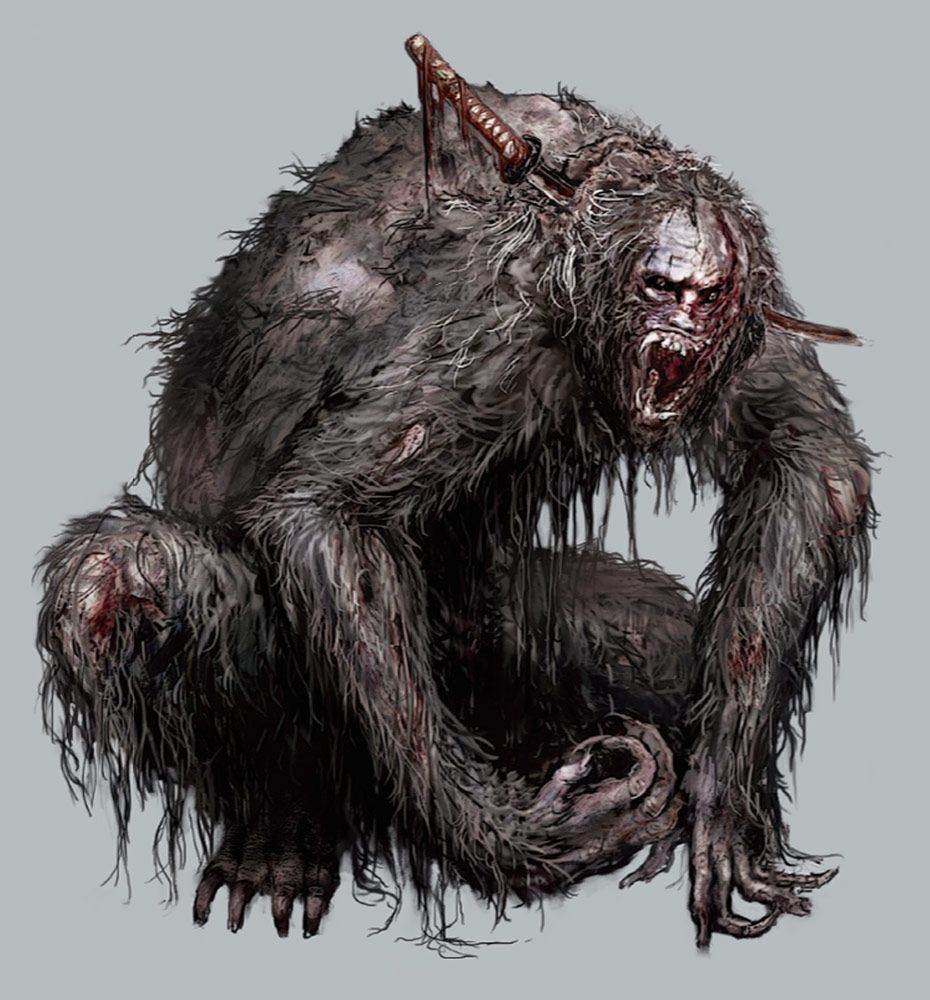How does the Default controller layout of a 3rd person melee combat game influence gameplay? Console games need to strike a balance between intuitive inputs & supporting a wide array of mechanics. Let’s examine some melee games’ controller layouts. #gamedesign #combatdesign 






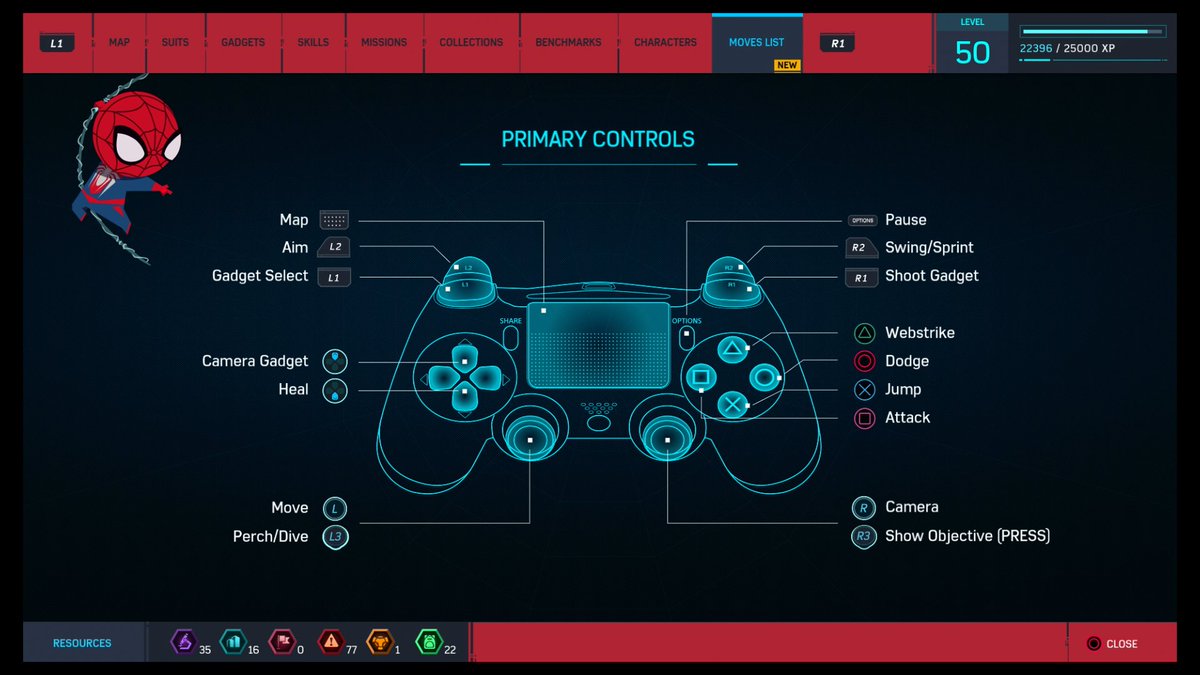
GOD OF WAR (2018) - God of War employs a controller layout similar to most First Person Shooters in order to make Axe throwing intuitive and accessible to a larger number of players. Holding L2 brings up a reticle to indicate the Axe is ready to be aimed.1/5
The player can freely use their right thumb to move the camera around to select their target. R1/R2 buttons become contextual and serve as Axe throw attacks. In all, R1/R2 are overloaded with 5 unique movesets! (axe throws, axe attacks, barehanded, chains, rune attacks) 2/5
Atreus is an integral part of combat and the Son Action assigned to the Square allows him to be used in conjunction with Kratos’ attacks. The right thumb generally rests on Square when not on the Right Stick. This makes it possible to attack with Kratos&Atreus simultaneously! 3/5
Block/Parry on L1 button is a legacy input from OG God of War. It’s becoming a popular standard among melee games. Layering mechanics on one button frees up other inputs. It also makes the timed mechanic of parrying more forgiving since the fail state is blocking. 4/5
Axe Recall is a complementary mechanic to Axe Throw. Assigning it to Triangle allows the player to use it strategically as an ON-DEMAND offensive tool. If the Axe Recall was mapped to L2+R1/R2, it would be burdensome to combine with other actions such as attack or evade. 5/5
SEKIRO - The Default layout remains similar to past FromSoftware games. Attacks are assigned to the shoulder buttons allowing the player to rotate the camera while attacking. Basic attacks are spammed so the short travel of R1 accommodates this tempo from a tactile POV. 1/6
The function and purpose of Prosthetic tools are varied. Most of these tools don’t require quick multiple inputs for optimal play. The analog nature of the R2 buttons feels adequate for this type of ability. 2/6
Triangle is generally a more natural button to switch to with your thumb. The player can acquire multiple prosthetic tools and switch between them fairly seamlessly in combat. In the video, I can switch tools mid attack and then follow up with a completely different tool. 3/6
Consumable items such as Heals are on up d-pad making them a purposeful choice to use. The player has to take their left thumb off the Left Stick and find the dpad. This leaves the player vulnerable for a second since Wolf will be stopped. 4/6
In addition to L1 Parry/Block, Sekiro shares the same special move input as God of War - L1+R1. Sometimes referred to as “Shift” inputs, the player must hold down L1 and then press R1. The player must be deliberate when attempting to attack while blocking.5/6
The advantage of Shift inputs is piggybacking off existing inputs to double the amount of actions/attacks. The downside is accidental triggering can happen and as result deplete Spirit Emblems (consumables). Combat Arts also lock the player out longer than normal attacks. 6/6
SPIDER-MAN - The default layout prioritizes Spidey’s movement, assigning R2 as the Swing mechanic. With the breadth of gadgets, immediacy is required to switch between them. The gadget wheel on L1 is a primary input that needs minimal dexterity. 1/6
Gadget switching is done with either the Left/Right stick. Redundant inputs reduce the chance of input hunting/confusion. It also serves as a soft accessibility feature since some players may have trouble rotating the sticks in a circular motion with a specific hand. 2/6
The generous targeting system allows melee attacks on face buttons (square, triangle) to require minimal dexterity since the player isn’t required to manage the camera during combat. Jump and dodge on X and O are genre standards at this point. 3/6
Webstrike automatically rotates the camera to the target, so the player isn’t forced to press Triangle and then immediately rotate the camera afterwards to see the action. In practice, this would be a clunky series of inputs especially in the heat of battle. 4/6
Heal on d-pad down isn’t an on demand button. But since healing doesn’t trigger an animation/can be performed during invulnerable actions like finishers, it’s less of a dexterous burden. Spidey can also quickly eject out of immediate danger and heal safely away from enemies. 5/6
Object toss requires pressing L1/R1 simultaneously. Dual inputs are problematic since there’s 2x the chance of executing the L2 or R2 input accidently. Spidey solves this by adding dead frames when pressing L1. Notice tapping L1 doesn’t make the wheel appear. 6/6
FINAL THOUGHTS - Designing a controller layout for a melee combat game is a thoughtful balance between genre standards, experience goals, approachable inputs and compromise. There are definite pros/cons with overloading a button with multiple functions, for example 1/2
Controller remapping gives the player full control allowing them to subvert the designer’s hand. Accessibility options allow all types of players to enjoy the game. My breakdown is based on my hand size and natural hand posture. But this can vary from player to player. 2/2
• • •
Missing some Tweet in this thread? You can try to
force a refresh





